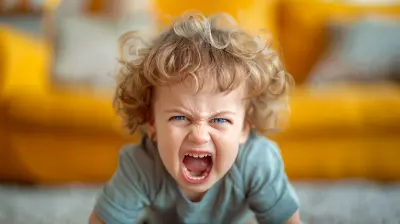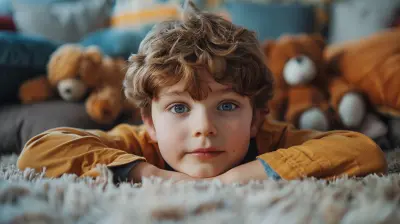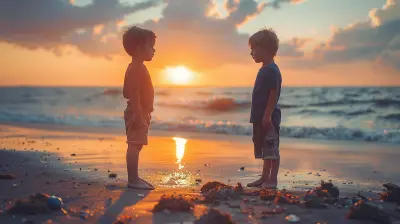Balancing Learning and Fun: How to Create a Productive Play Space for Your Toddler
6 June 2025
Let’s face it—toddlers are bursting balls of energy, curiosity, and chaos. One second they're stacking blocks with laser focus, and the next they're launching those same blocks across the room like mini catapults. Sound familiar? If you're a parent, you've probably wondered if it's even possible to create a space where your little one can learn and play without turning your living room into a war zone.
Well, here’s some good news: it absolutely is. Creating a productive play space doesn’t mean setting up a classroom in your home. It's about combining fun and learning in a way that taps into how toddlers naturally engage with the world—through play.
In this post, we're diving deep into how to strike that sweet balance between giggles and growth. So grab your coffee (or cold tea—we know how parenting goes), and let’s get started!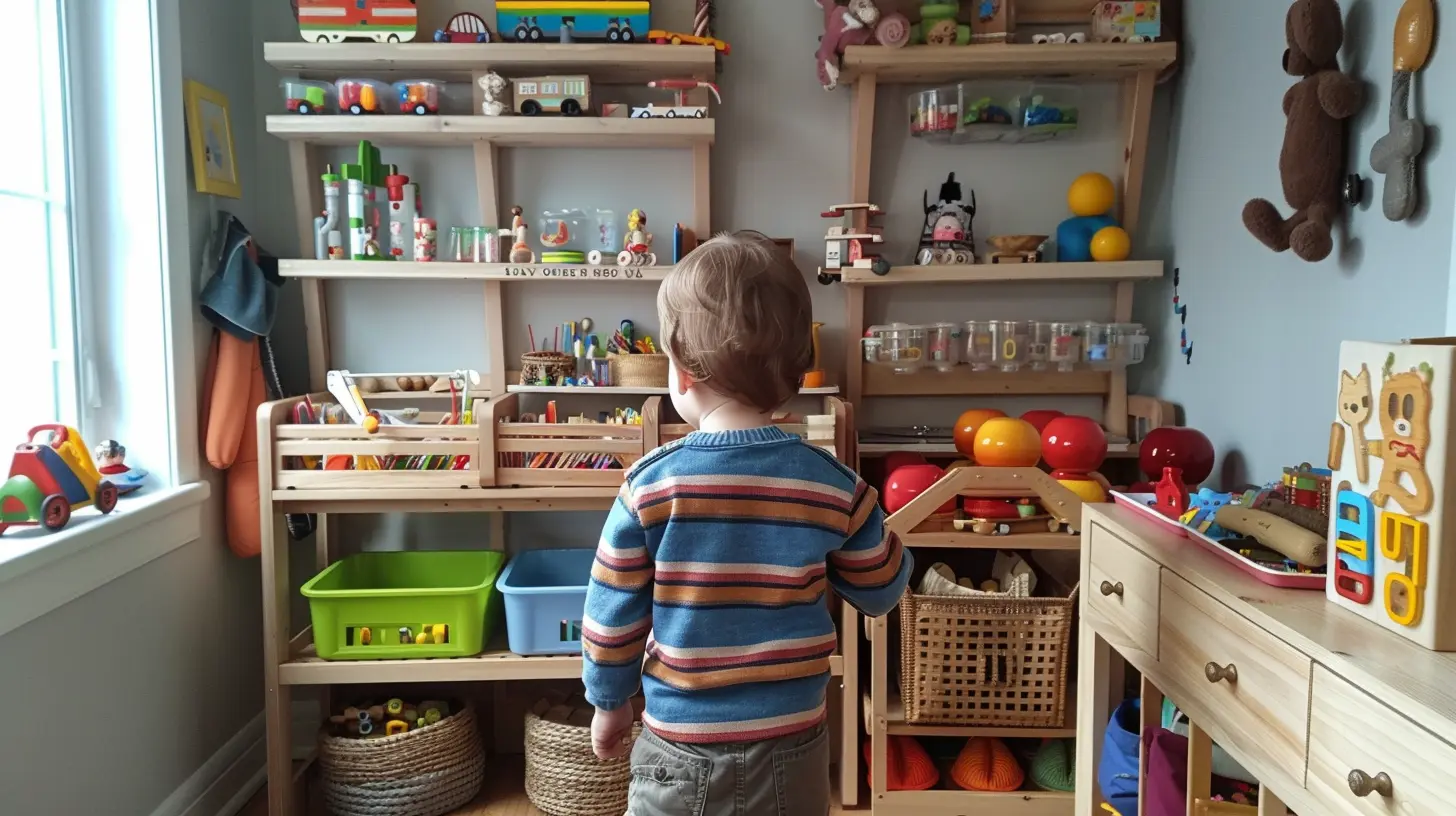
Why Play Matters More Than You Think
Before we jump into practical tips, let's talk big picture for a sec.You might think of play as just a way to keep your toddler busy. But in their little world, play is everything. It’s how they understand concepts, build skills, and make sense of their environment. In fact, early childhood experts often say that "play is the work of a child."
Isn’t that kind of beautiful?
So, when we talk about a productive play space, we're really talking about setting the stage for some serious toddler-level life learning—plus a whole lot of giggles.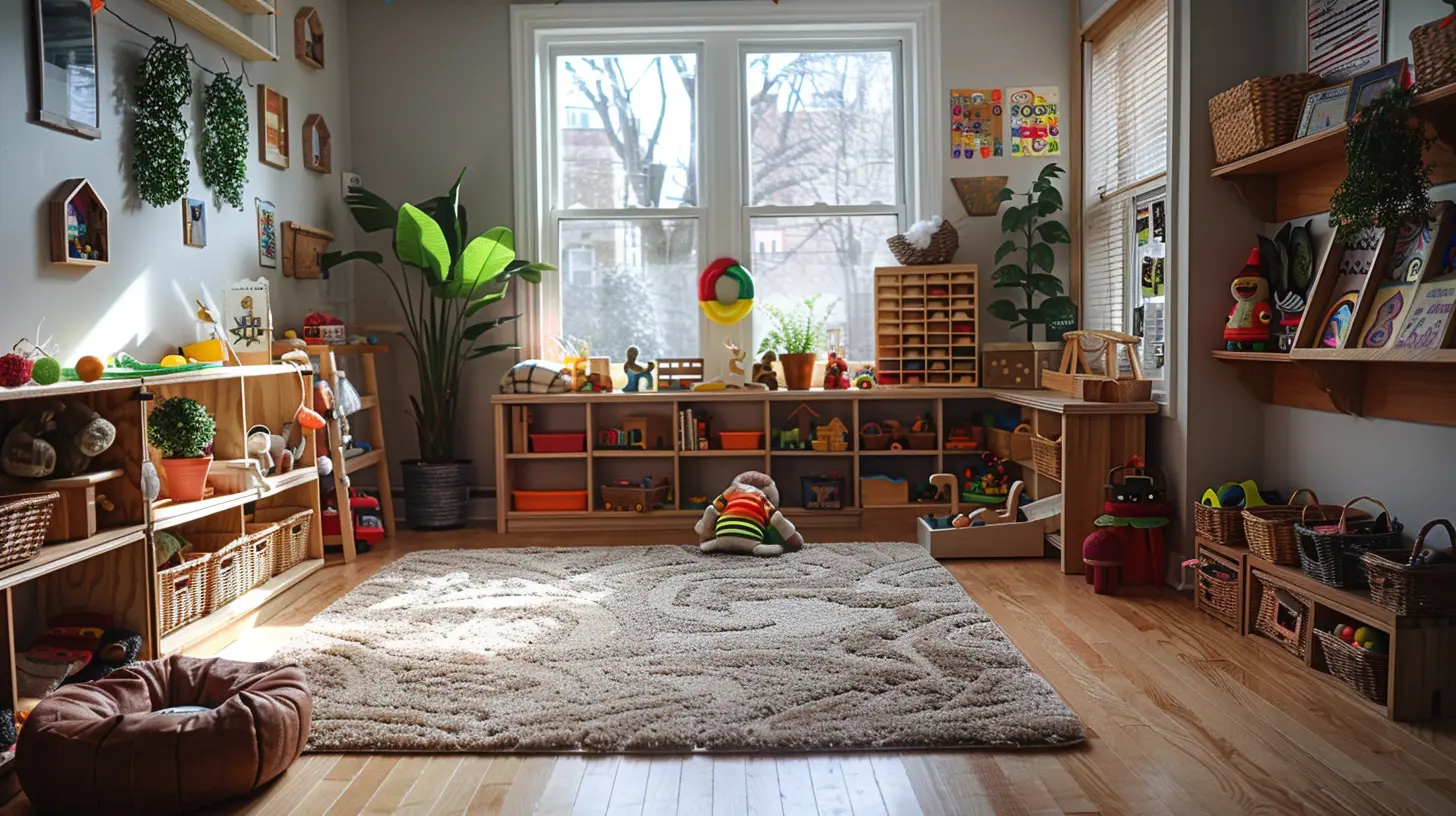
Step 1: Define Your Space—Even if It’s Small
Let’s be real: we don’t all have an extra room waiting to become a toddler utopia. And that’s okay. Whether you live in a spacious home or a cozy apartment, you can carve out a dedicated space that feels purposeful.Look Around and Pick Your Zone
- Living Room Corner: A corner of your living room can work wonders if you define it with a small rug or foam play mat.- Bedroom Nook: Got a free wall or unused shelf in your kiddo’s bedroom? Boom, instant play zone.
- Closet Conversion: Yes, some parents are turning hall closets into pint-sized play areas—talk about space savvy!
The goal isn’t size—it’s intention. Wherever it is, make it obvious to both you and your toddler that this special spot means it’s time for play-based learning.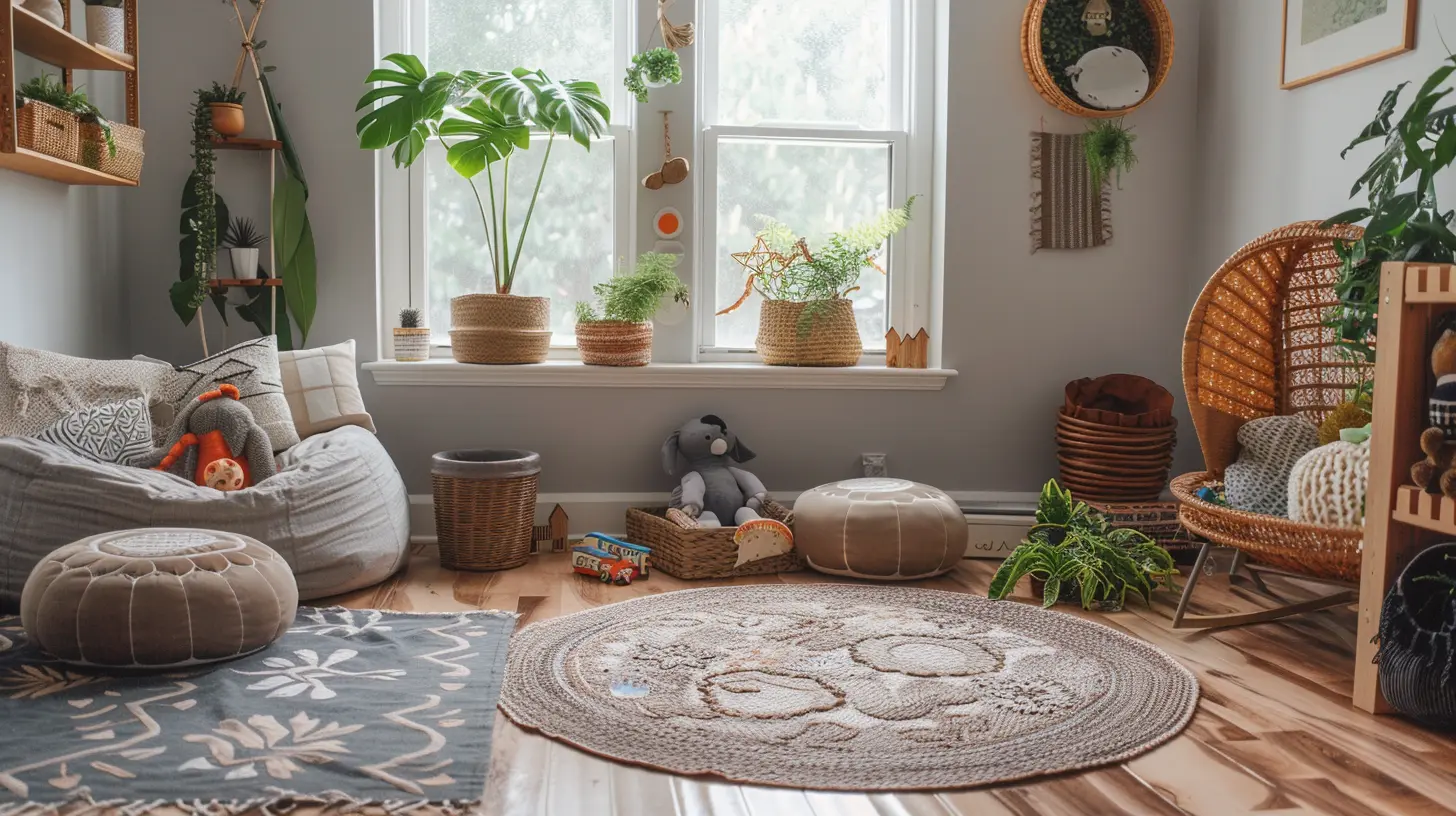
Step 2: Think Like a Toddler (Seriously!)
Now that you’ve picked your spot, it’s time to level with your pint-sized roommate.Toddlers are hands-on. They learn by doing, touching, tasting, throwing (yep), and stacking. So their space needs to reflect that.
Keep It Low and Reachable
Set things up so your toddler can reach their toys, books, and activities without climbing Mount Everest. Low shelves, baskets, bins—whatever keeps the fun within arm’s reach.Use Visuals and Colors
Toddlers are drawn to bright, bold colors and clear visuals. Use picture labels on bins or shelves so they start to associate pictures with words. Bonus: this trick boosts early literacy in a super simple way.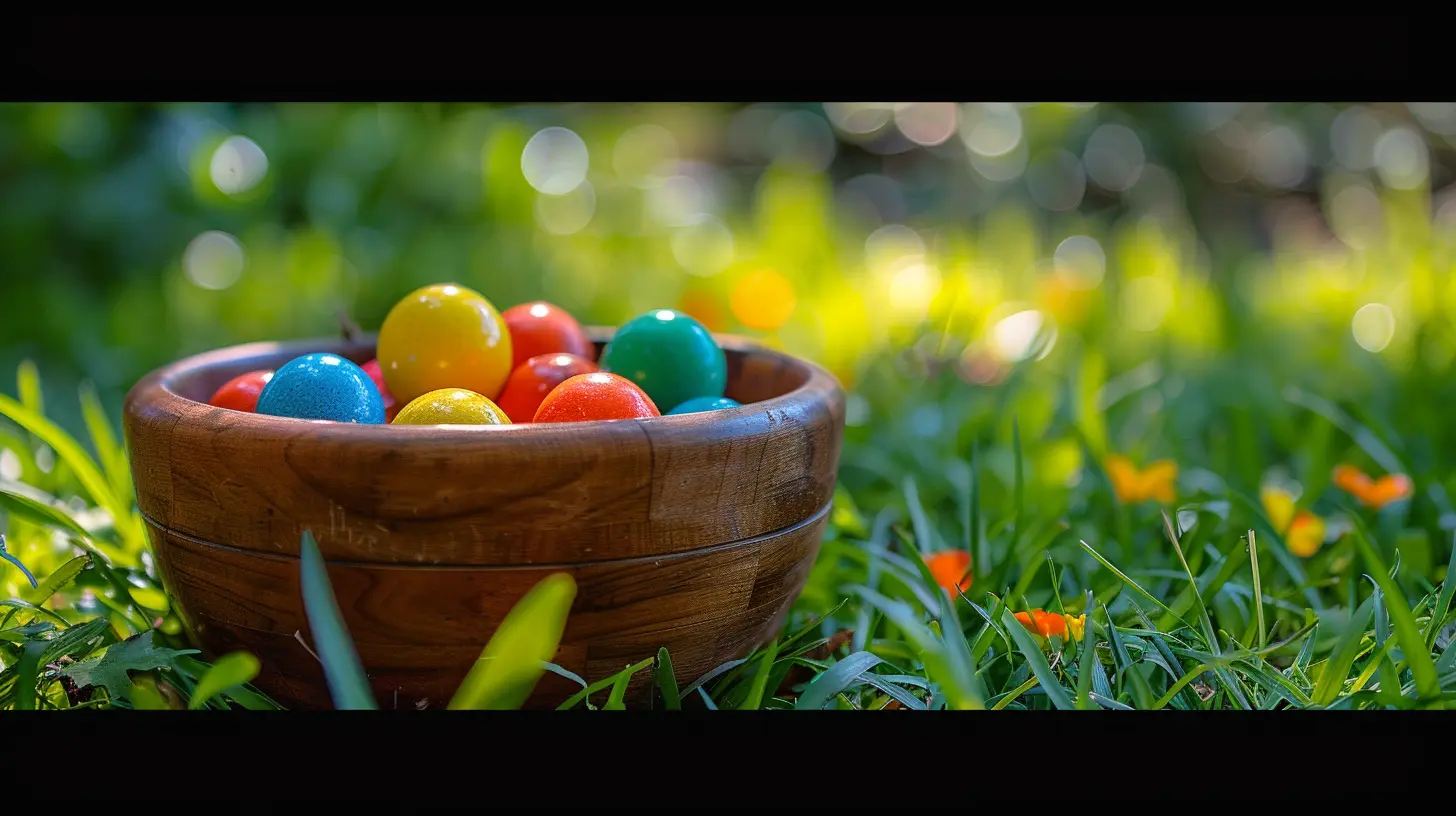
Step 3: Mix Learning With Play
Here’s the secret sauce: not all toys are created equal. You want ones that are both fun and educational (while still holding up to toddler rage throws).Must-Have Categories
- Building Toys: Blocks, magnetic tiles, stacking cups. These build fine motor skills and spatial awareness.- Pretend Play Items: Play kitchens, dolls, cars, doctor kits—these boost creativity and emotional development.
- Books: Keep a rotating library of age-appropriate board books. Reading is one of the biggest learning tools there is.
- Sensory Play Options: Think kinetic sand, water tables, or even a bin of dry pasta. Toddlers love messy, tactile experiences.
- Art Supplies: Washable crayons, finger paints, and stickers for the mini Michelangelo in your life.
Each of these types of toys supports a critical area of development. And they’re way more interesting than swiping at a screen.
Step 4: Keep It Organized (So You Don’t Lose Your Mind)
Let’s be honest—toddlers aren’t known for their organizational skills. But a well-organized play space can actually help them play more independently... and save your sanity.Toy Rotation Is Your BFF
Don’t put out all the toys at once. Instead, break them into small batches and rotate them weekly. This keeps the space fresh and exciting, while also preventing overwhelming messes.Use Clear Bins and Labels
Transparent bins let toddlers see what’s inside without turning everything upside down. Add simple picture labels to help them learn where things go.A Place for Everything
Even if your toddler isn't tidying up solo just yet, having a consistent place for each toy helps build routines—and eventually, cleanup habits.Step 5: Incorporate Learning into the Fun (Sneakily)
The best toddler play is when they’re learning without even realizing it.Use Play for Early Literacy
- Label toy bins with words and images- Keep alphabet puzzles or magnetic letters around
- Sing songs with rhymes and repetitive phrasing
Introduce Problem Solving
- Puzzle time! Start with larger pieces and increase the challenge as they grow.- Challenge them to build towers taller than themselves (safely!).
- Set up simple cause-and-effect toys like ramps or levers.
Boost Emotional Intelligence
- Use dolls or stuffed animals to role-play emotions.- Read books about feelings and ask questions.
- Pretend play helps toddlers process emotions in non-verbal ways.
Sneaky learning is often the most powerful kind.
Step 6: Don’t Forget Safety and Comfort
No matter how brilliant your setup is, if it’s not safe and comfy, it’s a no-go.Safe Surfaces
Choose soft flooring with rugs, mats, or carpet to soften those inevitable tumbles. Avoid toys with small parts or sharp edges.Cozy Corners
Add a reading nook with pillows, a bean bag, or even a mini tent. Toddlers love having a cozy little “hideout” to daydream or decompress.Watch for Overstimulation
Too many bright lights, noisy toys, or chaotic layouts can overwhelm toddlers. Try to keep it visually calm with defined zones for different activities.Step 7: Make Room for Movement
Toddlers are basically always in motion. So even in a small space, have an area for movement-based play.Build a Mini Obstacle Course
- Crawl tunnels- Step stools
- Cushions to hop between
Burning off energy while learning balance and coordination? Total win-win.
Include Music and Dance
Play their favorite songs and let them move around. Shakers, tambourines, and pots doubling as drums are more than just noise-makers—they're legit learning tools.Step 8: Involve Your Toddler in the Setup
Here's a little secret: if you involve your toddler in creating their space, they’ll be more invested in using it.Ask questions like:
- “Should we put the books here or there?”
- “Which toys should go in this basket?”
Not only does this make them feel included, but it also introduces decision-making and basic organization skills. Double score.
Balancing Screen Time With Play Time
Yes, screens are part of modern parenting. But in a well-designed learning-play space, screens should be the side dish—not the main course.Save screen time for intentional use, like learning apps or interactive videos, and focus your play space on tactile, hands-on experience.
Think of it like this: You wouldn’t make dessert the whole meal (well, hopefully). It’s the same with tech—great in small doses, but not the main event.
It Doesn’t Need to Be Pinterest-Perfect
Let’s end with a little bit of real talk: your play space doesn’t need to look like it jumped out of a magazine.The goal isn’t perfection—it’s connection. If your toddler has a space where they feel safe, excited, and engaged, then congratulations—you’re crushing it.
You’re creating a stage where your child can learn to problem solve, express themselves, explore the world, and maybe (just maybe) give you a few minutes to finish your now-cold coffee.
That’s the balance we’re all after.
Final Thoughts
Creating a productive play space for your toddler means blending fun, learning, and a bit of chaos. But when you set it up with intention—even in a small corner of your home—you’re giving your child a launchpad for brain development, emotional growth, and all those magical toddler moments that make the chaos totally worth it.So grab those bins, clear a corner, and let the learning-through-play journey begin. Remember: it’s not about having the perfect space, it’s about creating the right space for your little one to thrive.
all images in this post were generated using AI tools
Category:
Parenting ToddlersAuthor:

Austin Wilcox
Discussion
rate this article
3 comments
Sable Henderson
This article beautifully highlights the importance of a balanced play environment. By integrating learning and fun, parents can foster creativity and curiosity in toddlers. Thoughtful design and accessible materials can enhance both engagement and educational value in play spaces.
June 14, 2025 at 4:03 PM

Austin Wilcox
Thank you! I'm glad you found the article highlights the significance of a balanced play environment for fostering creativity and curiosity in toddlers.
Lysander Cannon
Creating a productive play space for toddlers requires a thoughtful balance between educational materials and playful elements. Encouraging exploration through diverse activities fosters both learning and creativity, laying the foundation for lifelong skills.
June 11, 2025 at 2:54 AM

Austin Wilcox
Thank you for your insightful comment! Striking that balance really is key to fostering both learning and creativity in toddlers.
Isaac Wagner
Creating a playful environment fosters both joy and essential learning for toddlers.
June 9, 2025 at 2:47 PM

Austin Wilcox
Absolutely! A playful environment not only enhances joy but also promotes essential skills, making learning engaging and effective for toddlers.
